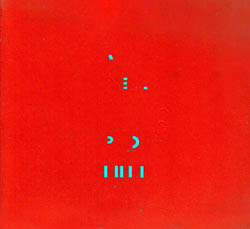
Two CD set of electronic and concrete compositions from German composer Riedl, with recordings from Siemens-Studio for elektronische Musik and Studio for konkrete Musik.
In Stock
Quantity in Basket: None
Log In to use our Wish List
Shipping Weight: 5.00 units
EU & UK Customers:
Discogs.com can handle your VAT payments
So please order through Discogs
Sample The Album:
Florian Tielebier-Langenscheidt
Michael Hirsch
Johannes Gohl-electronics, zither, reeds, organ, voice
Stefan Gabanyi
Alberto Vignani-synthesizer
Lorenzo Ferrero-synthesizer
Josef Anton Riedl-electronics
Max Nyffeler
Mike Lewis
Peter Michael Hamel
Michael Lentz-voice, saxophone
Clemens Von Schacky-guitar
Florian Tielebier-Langenscheidt-violin
Fuat Kent-prepared piano
Simone Rist-voice
Nicolaus A. Huber-voice
Alfred Feussner-voice
Francois Bayle-voice
Click an artist name above to see in-stock items for that artist.
12 page booklet with b&w photos and text in German and English.
UPC: 4029455102011
Label: Edition Rz
Catalog ID: ed. Rz 1020-21
Squidco Product Code: 14138
Format: 2 CDs
Condition: New
Released: 2009
Country: Germany
Packaging: Cardstock 3 page foldover
Various recordings 1951-1998.
"Josef Anton Riedl (born 11 June 1929 in Munich [1927 is also given as his year of birth]) is a German composer.
Following a period of studies at the Hochschule für Musik und Theater München and in courses given by Hermann Scherchen in Gravesano, Riedl, influenced by Carl Orff und Edgar Varèse, devoted himself as a composer particularly to percussion and Lautgedichte (sound poetry) (Schmidt 2001).
In 1950 he was co-founder of the German Section of the Jeunesses Musicales, together with Herbert Barth, Reiner Bredemeyer and Eckhart Rolfs (Schmidt 2001). Starting in 1952 he did pioneering work in the use of concrete and electronic sounds, joining Pierre Schaefer's Groupe de Recherche Musicale in 1953 (Schmidt 2001). In 1955 he worked in the electronic studio of NWDR in Cologne, and spent some time in 1959 in Scherchen's experimental studio in Gravesano (Schmidt 2001). From 1959 until its closure in 1966 Riedl was director of the Siemens Studio for electronic music (Schmidt 2001). The concert series Neue Musik München / Klang-Aktionen initiated by Riedl in 1960 (Schmidt 2001) continues to this day. In 1967 he established the Musik/Film/Dia/Licht-Galerie group, and in 1974 in Bonn founded the Kultur Forum, which he directed until 1982 (Schmidt 2001).
As a teacher Riedl influenced the work of musicians well-known today, such as Lorenzo Ferrero and Michael Lentz, for whose Bachmann Prize-winning book Muttersterben (2001) he created the music. Lentz currently performs as saxophonist in Riedls' ensemble.
Riedl also contributed to film music, for example to several episodes of the 13-part Die zweite Heimat."-Wikipedia
12 page booklet with b&w photos and text in German and English.
Artist Biographies
• Show Bio for Nicolaus A. Huber "Nicolaus A. Huber (born 15 December 1939) is a German composer. Huber was born in Passau. From 1958 to 1962 he studied music education at the Hochschule für Musik und Theater München and subsequently composition with Franz Xaver Lehner and Günter Bialas. He pursued his education further with Josef Anton Riedl, Karlheinz Stockhausen and, above all, with Luigi Nono. From 1974 until his retirement in 2003 Huber was Professor of Composition at the Folkwang Hochschule in Essen. Riedl and Schnebel inspired Huber's vocal and linguistic experiments. Riedl in particular encouraged Huber's radical tendencies. His treatment of musical material was most strongly formed by his contact with Stockhausen, while Nono inspired in him an acute historical and political (Marxist) awareness, particularly evident in his second compositional phase, beginning around 1969. Huber took part in Stockhausen's composition project Ensemble at the 1967 Darmstädter Ferienkurse, an experience that gave him an appreciation of the potential for improvisation-a factor that marks not only his compositions for conventional forces, but also his mixed- and multi-media experiments. Stockhausen's influence can also be seen in Huber's exploitation of space and the incorporation of extraneous elements, such as vocal utterances in instrumental music, as a means of heightening expression. His period of study with Luigi Nono in 1967-68 was even more influential on Huber. Nono encouraged Huber to seek a more thorough-going means of eradicating tonality, through a study of psychology in order better to understand human responses." ^ Hide Bio for Nicolaus A. Huber • Show Bio for Francois Bayle "François Bayle, 1932 - Tamatave. Born in 1932 in Tamatave, Madagascar where he lived for 14 years. Studies in Bordeaux (1946-54). In 1958-60, François Bayle joined Pierre Schaeffer's Groupe de Recherches Musicales in Paris, and between 1959-62 worked with Olivier Messiaen and Karlheinz Stockhausen. In 1966, Pierre Schaeffer put him in charge of the GRM which, in 1975, became an integral department of the French National Audiovisual Institute (INA). He maintained this position until 1997. In addition, it was François Bayle's idea to create the Acousmonium (1974). He also originated the record series Collection Ina-Grm, organizes concerts and radio broadcasts still supports the development of technologically advanced musical instruments (Syter - Grm tools - Midi Formers - Acousmographe). In 1993, he founded the Acousmathèque, a repertoire of some 2000 works composed since 1948, and that also organizes symposiums and composers' portraits. Upon leaving the Grm in 1997, he created his own studio and the record label Magison. Bayle's œuvre is notable for its masterly craftsmanship and rhetoric, its agile discourse and its sophisticated thought. To date, he has composed 99 works.Among others : L'Expérience Acoustique (1972), Camera oscura (1976),Tremblement de terre très doux (1978), Son Vitesse-Lumière (1980-83), Fabulae (1990-91), La main vide (1994-95) -Morceaux de ciels (Pieces of heavens) (1996), Jeîta-retour (1985-99), Arc, pour Gérard Grisey (1999), La forme du temps est un cercle (Time's form is a circle) (1998-2001), La forme de l'esprit est un papillon (The mind's form is a butterfly) (2001-03), Univers nerveux (2005). - Extra-ordinaire (2005)" ^ Hide Bio for Francois Bayle
6/11/2025
Have a better biography or biography source? Please Contact Us so that we can update this biography.
6/11/2025
Have a better biography or biography source? Please Contact Us so that we can update this biography.
Track Listing:
Disc 1
1. Paper Music I, 1961/70 4:38
2. Studie 59 I, 1959 2:48
3. Zeichnen - Klatschen/Zeichnen - Zeichnen, 1979/81 4:13
4. Landschaftsbeschreibung I, 1973 5:09
5. Mix Fontana Mix, 1974/76/79 5:05
6. Silphium, 1969/70 4:16
7. Lautgedichtfolge G), 1977/79/98 5:00
8. Ausfluss, Niederschlag, Spur, Nachhall I, 2000/02/07 4:28
9. Douce-Amère, 1972/74/81 3:13
10. Komposition Nr. 2, 1963/65 10:30
11. Polygonum, 1968/70 1:35
12. Leonce Und Lena, 1963/64 1:51
13. Vielleicht - Duo, 1963/68/70 3:27
14. Musique Concrète - Studie II, 1951/59 2:34
15. Musique Concrète - Studie I, 1951/59 3:05
16. Leonce Und Lena B), 1963 3:46
17. Studie 62 I, 1962 2:17
18. Studie 62 II, 1962 5:46
Disc 2
1. Klangsynchronie I Studie 59, 1981 6:28
2. Studie 61 I, 1961 2:17
3. Komposition Nr. 3, 1965/67 7:01
4. Ideir Notna Fesoj, 1993 51:02
5. Elektronische Musik - Studie II, 1959 5:04
6. Elektronische Musik - Studie I, 1958 2:17
Compositional Forms
Avant-Garde
Electro-Acoustic
Organized Sound and Sample Based Music
Electroacoustic Composition
Instruments with Preparations
Search for other titles on the label:
Edition Rz.
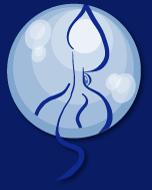

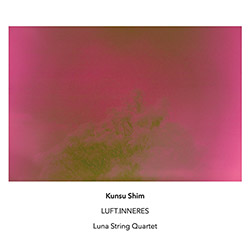
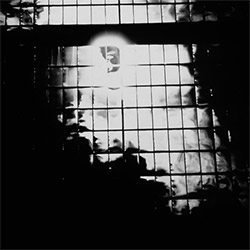
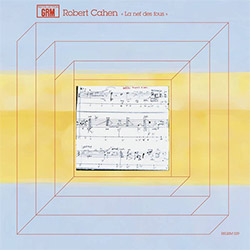
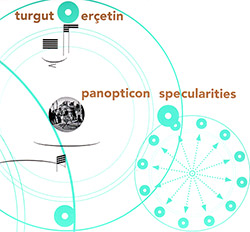
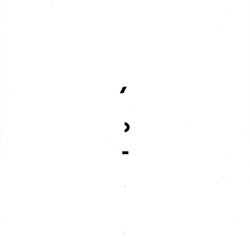
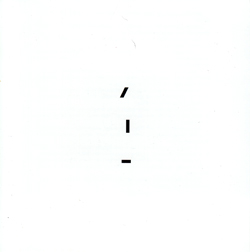
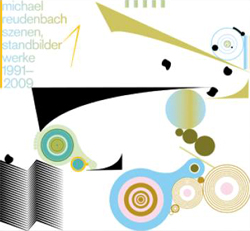
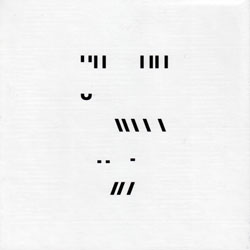
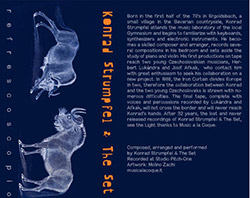
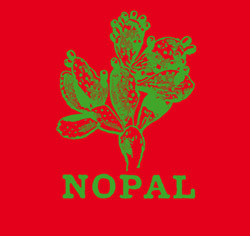
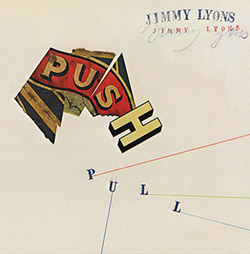
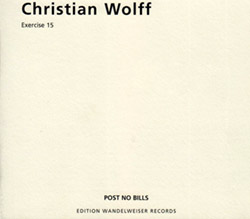
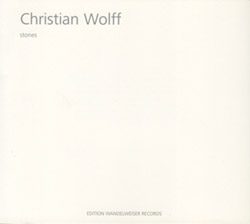
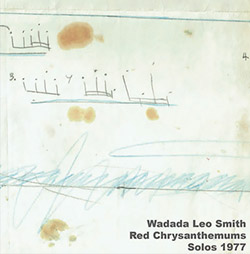
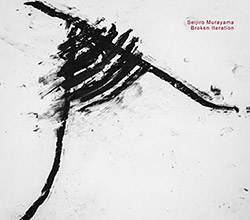
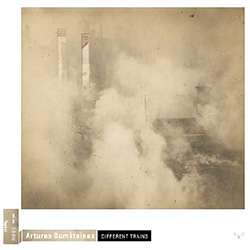
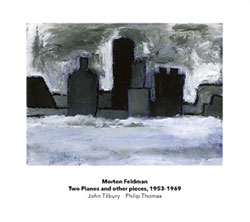
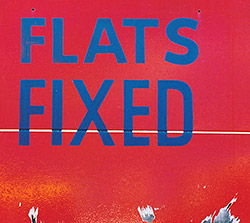
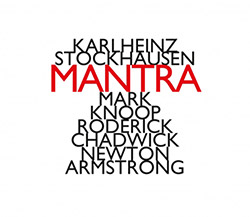
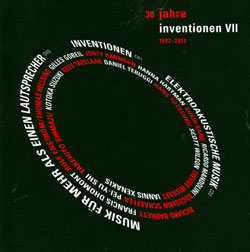
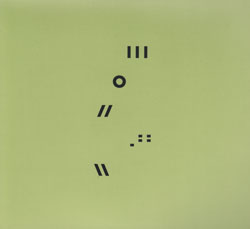
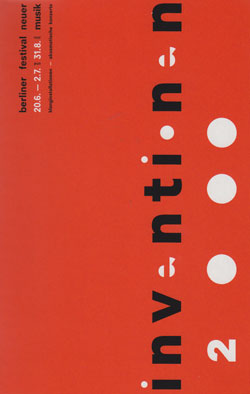
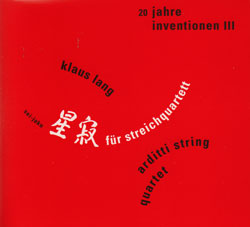
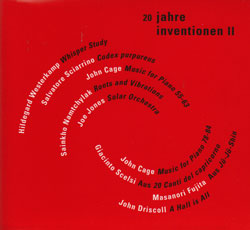
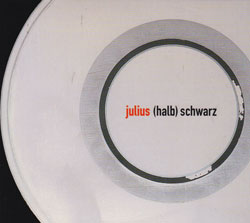
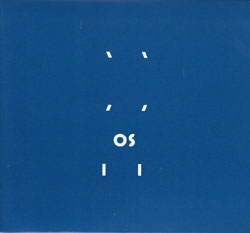

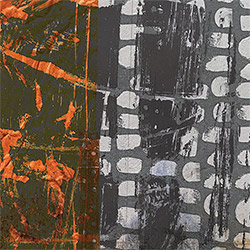
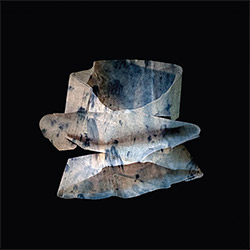
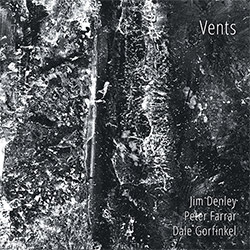
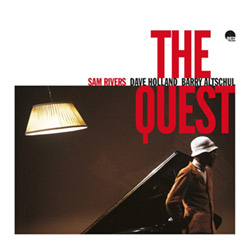
![Re-Ghoster Extended: The Zebra Paradox [VINYL]](https://www.teuthida.com/productImages/misc4/36204.jpg)
![FDF Trio: Possibility And Prejudices From Within A Cup [VINYL]](https://www.teuthida.com/productImages/misc4/36205.jpg)
![Money : Money 2 [2 CDs]](https://www.teuthida.com/productImages/misc4/35894.jpg)
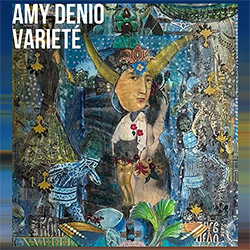
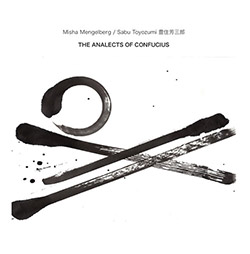
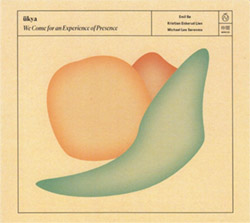
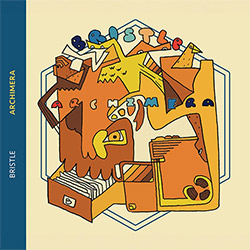
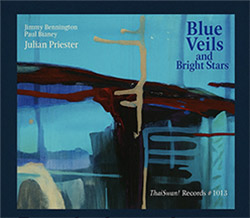
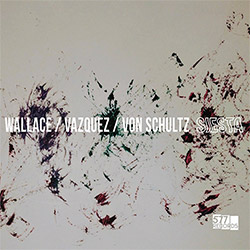
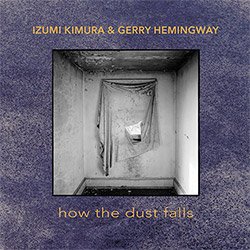
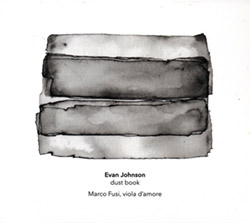
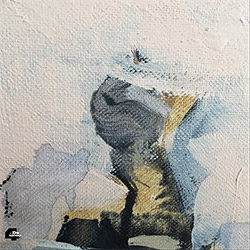
![Various Artists: Music is a Message From Space [VINYL]](https://www.teuthida.com/productImages/misc4/36227.jpg)
![Eventless Plot | Yorgos Dimitriadis: Entanglements [CASSETTE + DOWNLOAD]](https://www.teuthida.com/productImages/misc4/36230.jpg)
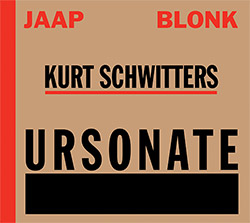
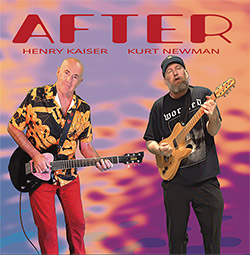
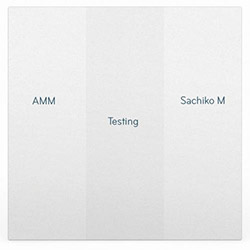
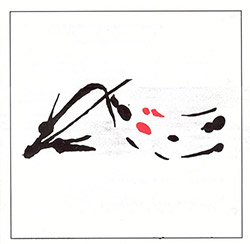
![Myers, Jackie: What About The Butterfly [VINYL]](https://www.teuthida.com/productImages/misc4/35741.jpg)

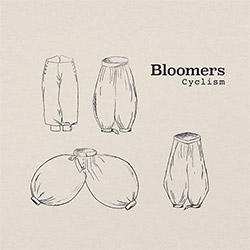
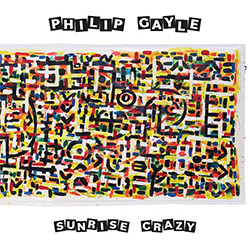
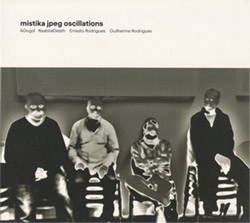
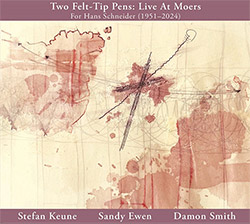
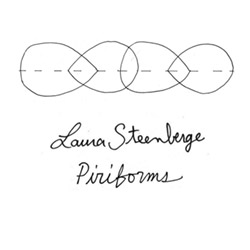
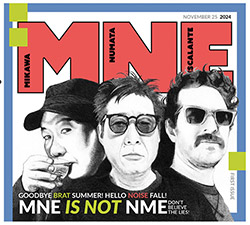
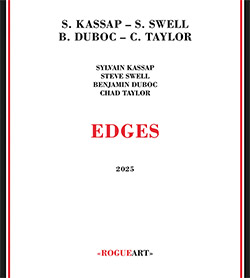
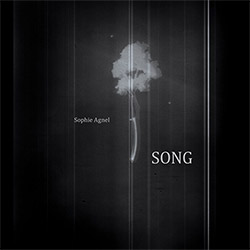
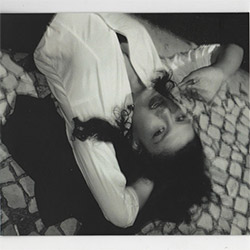
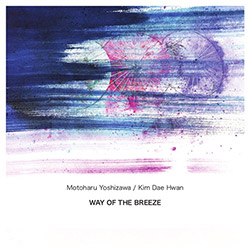
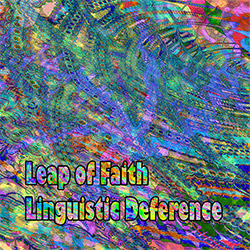
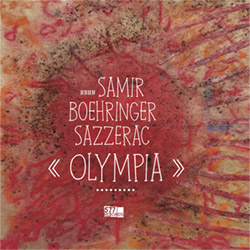
![Eva Novoa: Novoa / Kamaguchi / Cleaver Trio - Vol. 2 [VINYL]](https://www.teuthida.com/productImages/misc4/35939.jpg)
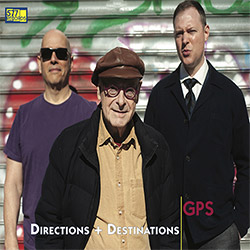
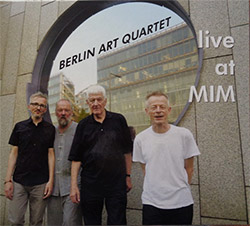
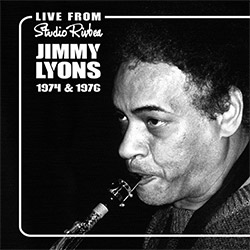
![Zethson, Alex / Johan Jutterstrom: It Could / If I [VINYL]](https://www.teuthida.com/productImages/misc4/36259.jpg)
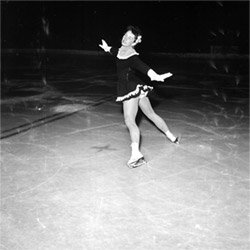
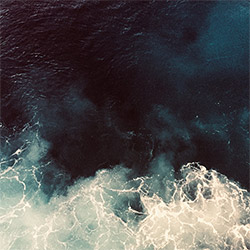
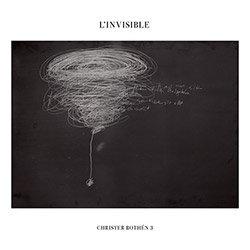
![Bromander, Vilhelm Unfolding Orchestra: Jorden Vi Arvde [VINYL]](https://www.teuthida.com/productImages/misc4/36256.jpg)
![Zethson, Alex / Nikos Veliotis : Cryo [VINYL]](https://www.teuthida.com/productImages/misc4/36257.jpg)
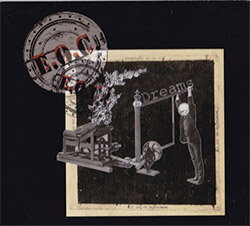
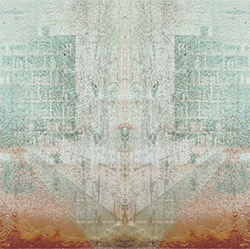
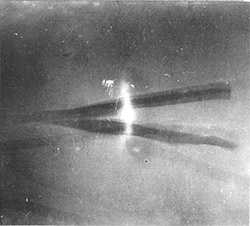
![Klinga, Erik: Elusive Shimmer [VINYL]](https://www.teuthida.com/productImages/misc4/36258.jpg)
![CHANGES TO blind (Phil Zampino): Volume 9 - I Wave on a Fine Vile Mist [CD + DOWNLOAD]](https://www.teuthida.com/productImages/misc4/36061.jpg)

![Wallmart / Rubbish: Asset Protection [split CD]](https://www.teuthida.com/productImages/misc4/35900.jpg)
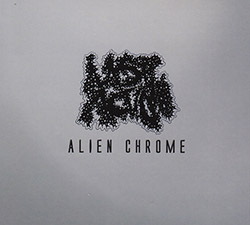
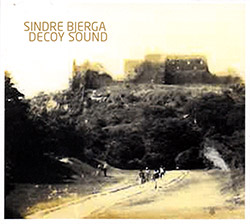
![+Dog+: The Family Music Book Vol. 5 [2 CDs]](https://www.teuthida.com/productImages/misc4/35897.jpg)
![Kuvveti, Deli : Kuslar Soyledi [CASSETTE w/ DOWNLOAD]](https://www.teuthida.com/productImages/misc4/36107.jpg)
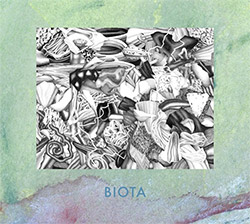
![Nakayama, Tetsuya: Edo Wan [CASSETTE w/ DOWNLOAD]](https://www.teuthida.com/productImages/misc4/36105.jpg)
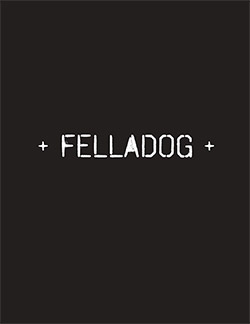
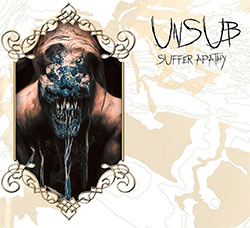
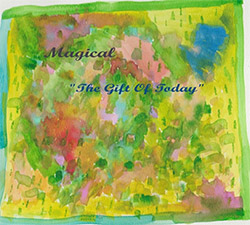
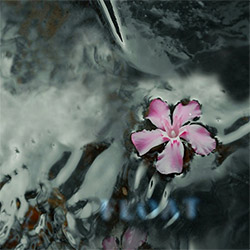
![Yiyuan, Liang / Li Daiguo: Sonic Talismans [VINYL]](https://www.teuthida.com/productImages/misc4/35957.jpg)
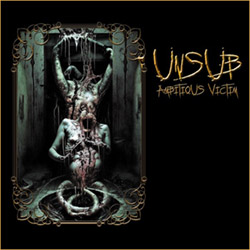
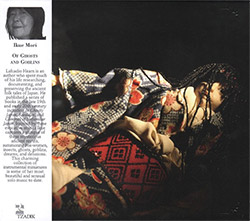
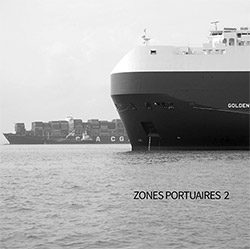
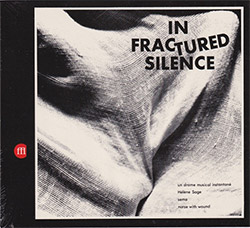
![111 (Michelle / Villamil): Live at Opus 40 [CASSETTE + DOWNLOAD]](https://www.teuthida.com/productImages/misc4/35986.jpg)
![del Pino, Francisco / Charlotte Mundy: The Sea [CASSETTE + DOWNLOAD]](https://www.teuthida.com/productImages/misc4/35987.jpg)
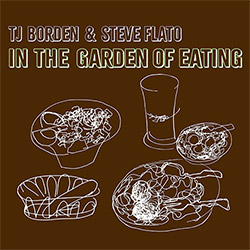
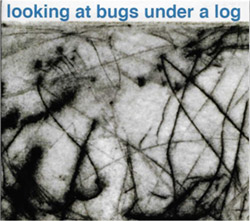
![Niblock, Phill / Anna Clementi / Thomas Stern: Zound Delta 2 [VINYL]](https://www.teuthida.com/productImages/misc4/34623.jpg)
![Myers, David Lee : Tin Drop Tear [BOOK w/ DOWNLOAD]](https://www.teuthida.com/productImages/misc4/36030.jpg)
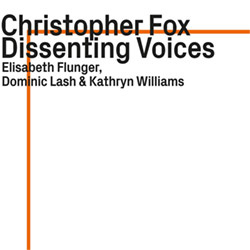
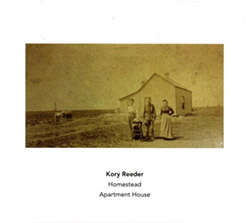
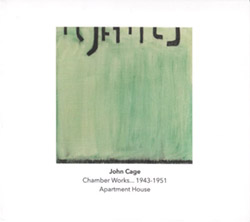
![Palestine, Charlemagne / Seppe Gebruers: Beyondddddd The Notessssss [VINYL]](https://www.teuthida.com/productImages/misc4/36206.jpg)
![Palestine, Charlemagne / Seppe Gebruers: Beyondddddd The Notessssss [NEON GREEN VINYL]](https://www.teuthida.com/productImages/misc4/36207.jpg)
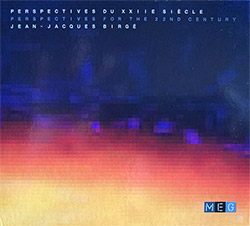
![Laubrock, Ingrid: Purposing The Air [2 CDs]](https://www.teuthida.com/productImages/misc4/35639.jpg)
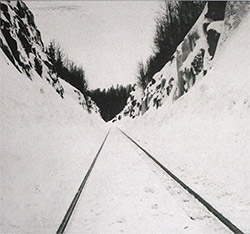
![Yoko, Ono / The Great Learning Orchestra: Selected Recordings From Grapefruit [2 CDs]](https://www.teuthida.com/productImages/misc4/35841.jpg)
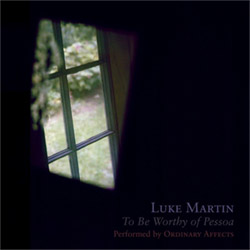
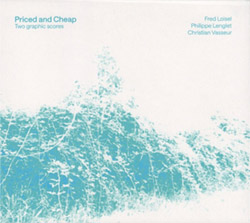
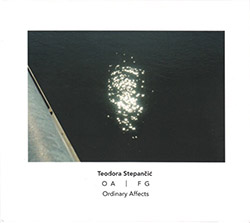
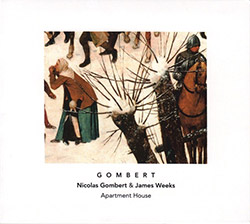
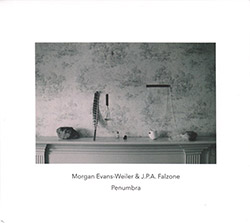
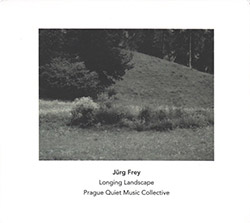
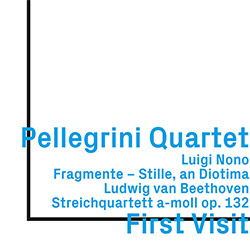
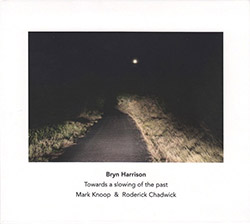
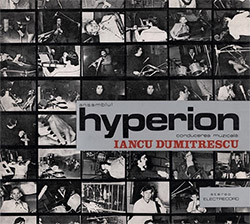
![Zorn, John / JACK Quartet: The Complete String Quartets [2 CDs]](https://www.teuthida.com/productImages/misc4/35609.jpg)
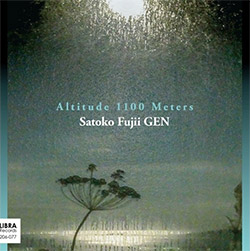
![Lonsdale, Eden: Dawnings [2 CDs]](https://www.teuthida.com/productImages/misc4/35480.jpg)
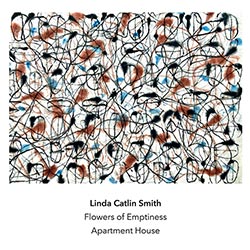
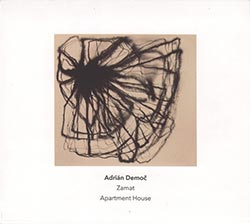
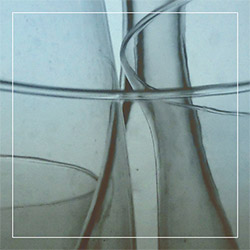
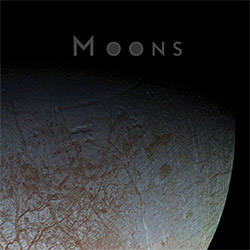
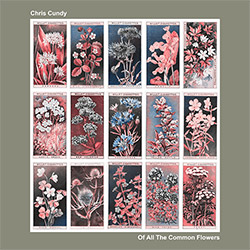
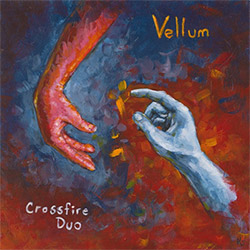
![Sorry For Laughing (G. Whitlow / M. Bates / Dave-Id / E. Ka-Spel): Rain Flowers [2 CDS]](https://www.teuthida.com/productImages/misc4/35985.jpg)
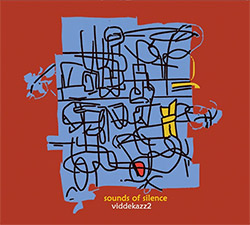
![Rolando, Tommaso / Andy Moor : Biscotti [CASSETTE w/ DOWNLOADS]](https://www.teuthida.com/productImages/misc4/36106.jpg)
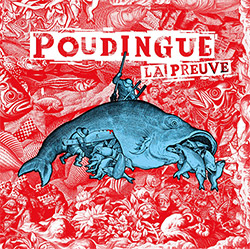
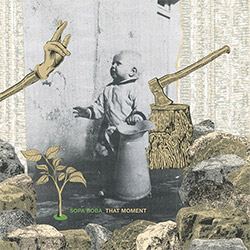
![Electric Bird Noise / Derek Roddy: 8-10-22 [CD EP]](https://www.teuthida.com/productImages/misc4/35970.jpg)
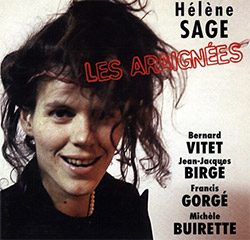
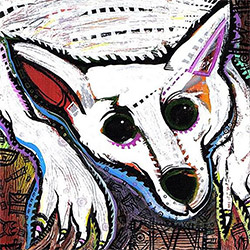
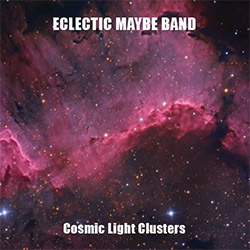
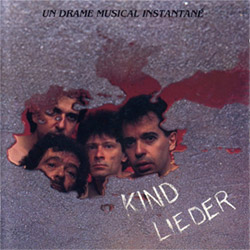
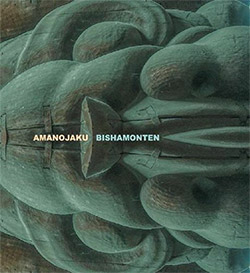
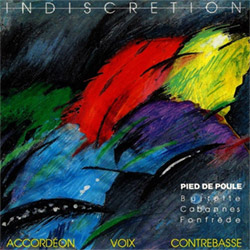
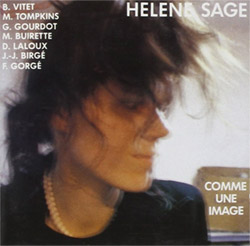
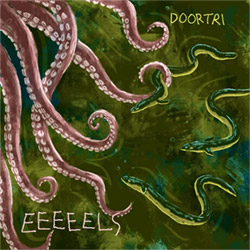
![Elephant9 : Mythical River [VINYL]](https://www.teuthida.com/productImages/misc4/34624.jpg)
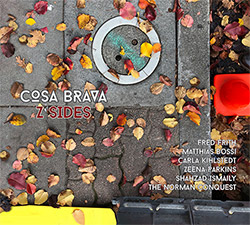
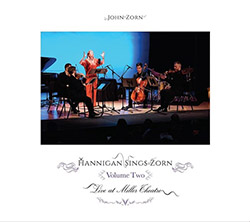
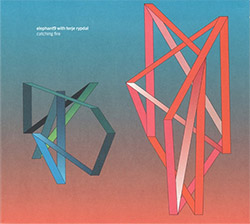
![Elephant9 with Terje Rypdal: Catching Fire [VINYL 2 LPs]](https://www.teuthida.com/productImages/misc4/35355.jpg)
![Deerlady (Obomsawin, Mali / Magdalena Abrego): Greatest Hits [VINYL]](https://www.teuthida.com/productImages/misc4/34876.jpg)
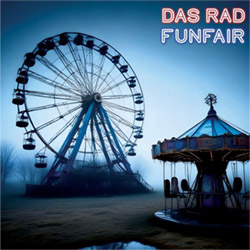
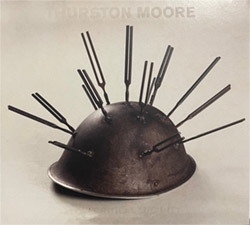
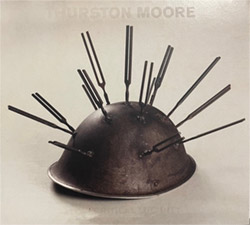
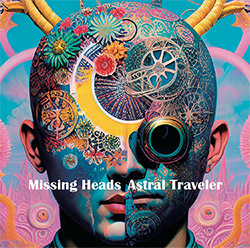
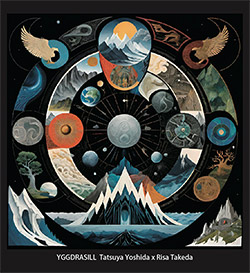
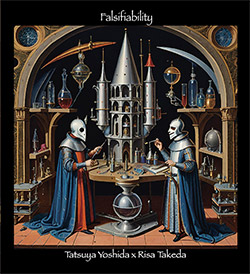
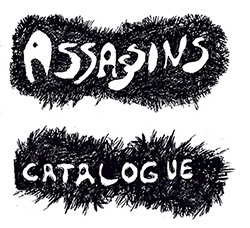
![Surplus 1980: Illusion of Consistency [CD]](https://www.teuthida.com/productImages/misc4/35069.jpg)
![Staiano, Moe: Away Towards the Light [VINYL + DOWNLOAD]](https://www.teuthida.com/productImages/misc4/35037.jpg)
![Coley, Byron: Dating Tips for Touring Bands [VINYL]](https://www.teuthida.com/productImages/misc4/17906.jpg)
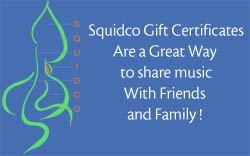
![Lost Kisses: My Life is Sad & Funny [DVD]](https://www.teuthida.com/productImages/misc4/lostKissesDVD.jpg)